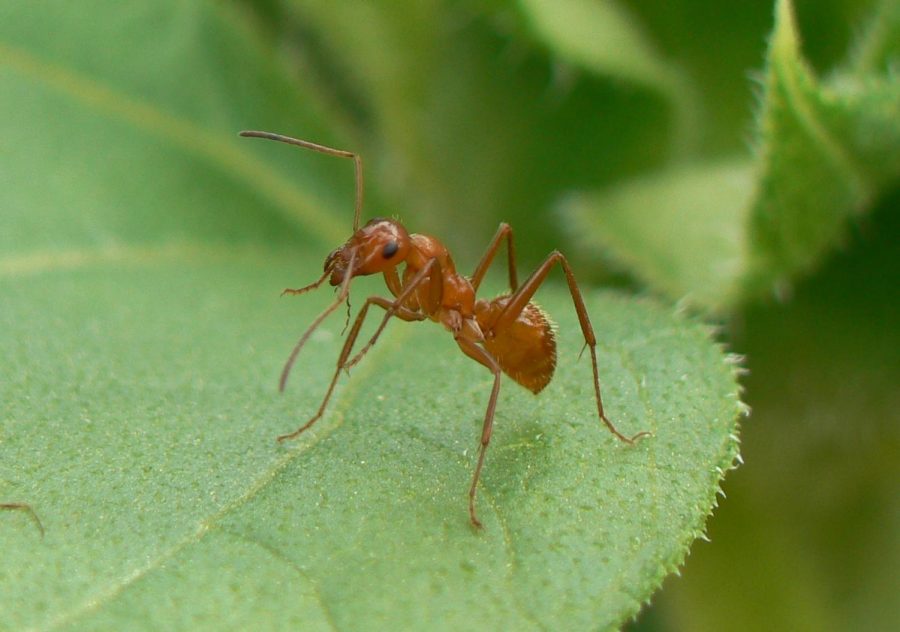Ants discovered to produce milk that aids their colonies
December 13, 2022
Ants and their colonies have been studied by scientists for years. On average, a colony can have anywhere from 100,000 to 500,000 workers along with “several hundred winged forms and queens.”
With so many ants in each colony, scientists often wondered how they progressed from ant pupae to adults.
Noticeable observations have been made during ant metamorphosis, but there are little studies regarding how the metamorphosis actually occurs. Metamorphosis encompasses an ant’s development from an egg to a full-grown adult.
Ant eggs hatch into eyeless and legless worm-shaped larvae. The larvae then become pupae, a stage that is similar to an adult ant except pupae have folded legs and antennae. Eventually the pupae develop into adult ants.
A recently published journal article states that all ants may be able to produce and feed on a milk-like fluid during their metamorphosis. This milk-like fluid is produced by the ant pupae. The adult ants remove this liquid from the pupae and swallow it.
Through a chemical analysis done in the study, this liquid “revealed that, besides other waste products from the metamorphosis, it contains all essential amino acids, as well as multiple carbohydrates and some vitamins.”
The fluid was discovered by Orli Snir,a postdoctoral fellow who did not study ants prior to this experiment..
Snir proposed isolating the pupae from the colony to study them more closely. When the right temperature was achieved, the team noticed the pupae producing a lot of white fluid.
To determine the effects of this liquid on the colony, Snir injected the pupae with blue food dye. The researchers found that the adult ants removed the liquid from the pupae and swallowed it.
Not only do the adult ants consume this liquid, but they also deposit young larvae on the pupae. The larvae feed on the milk-like fluid produced by the pupae, utilizing the nutrients to grow.
If the adult ants and larvae don’t consume this fluid, the pupae are more likely to die from fungal infections. The larvae are also less likely to survive as they would not be getting adequate nutrients.
Scientists are not sure of the fluid’s effect on adult ants yet and if it brings any benefits to them or if they’re just carriers. Scientists are also not yet certain if all ant species use this same liquid process. To test this, they studied each of the five biggest ant subfamilies where this trend was apparently common.
Upon discovering how common ant milk is, scientists now want to study the liquid’s effect on the behavioral and psychological aspects of adults and larvae.








